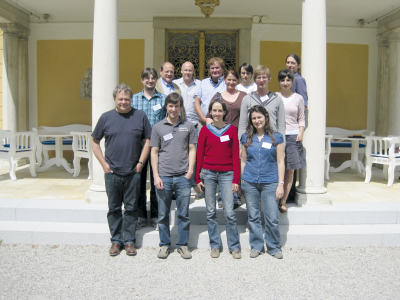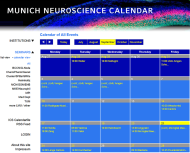DFG Research Training Group (RTG) 1091 Orientation and Motion in Space - discontinued
Coordinator: Maj-Catherine Botheroyd
The DFG Research Training Group (RTG) 1091 Orientation and Motion in Space is supported by scientific groups from different disciplines and faculties of the Ludwig-Maximilians-University Munich (biology, clinical neurology, psychology), together with neurobiological groups from the Max Planck Institute for Neurobiology in Martinsried.
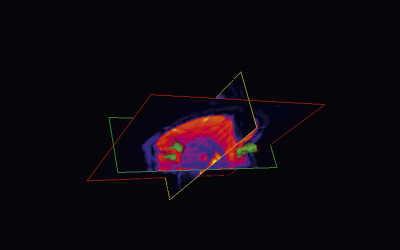 Participating senior scientists, together with their collaborating group members, provide optimal training, education and support for doctoral students from various fields (biology, computer science, engineering, medicine, physics and psychology).
Participating senior scientists, together with their collaborating group members, provide optimal training, education and support for doctoral students from various fields (biology, computer science, engineering, medicine, physics and psychology).
We cooperate closely with the Graduate School of Systemic Neuroscience (GSN-LMU), the International Max-Planck Research School “From Biology to Medicine” and the Bernstein Center for Computational Neuroscience (BCCN) Munich.
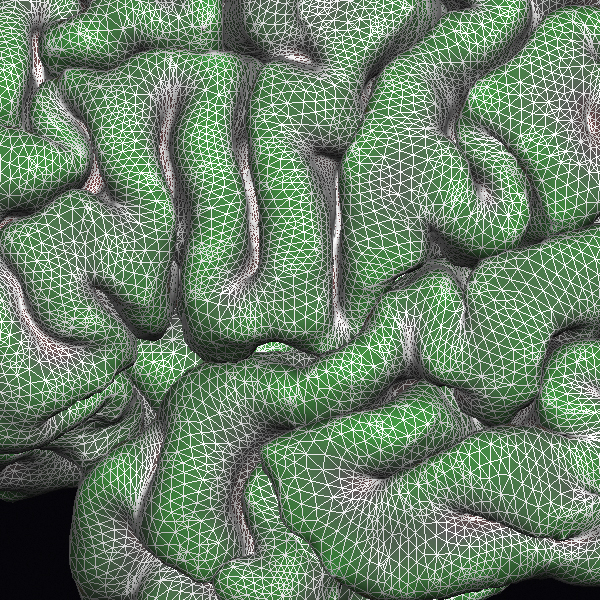 We offer challenging research topics of high biological relevance and enable detailed investigation of complex central nervous processes. Topics specifically addressed by the program involve the influence of essential sensory inputs (acoustic, vestibular, visual), as well as psychophysical and motor reactions, in regard to movement control and balance in space.
We offer challenging research topics of high biological relevance and enable detailed investigation of complex central nervous processes. Topics specifically addressed by the program involve the influence of essential sensory inputs (acoustic, vestibular, visual), as well as psychophysical and motor reactions, in regard to movement control and balance in space.
The latter are investigated in normal subjects and patients, whereas animal experiments with optical and extra cellular single unit recordings are planned in order to study information processing within the central nervous system. Attention and memory are also decisive factors for adequate orientation and movement in space. We also investigate the effect of lesions on orientation and motion analysis in patients and animal experiments.
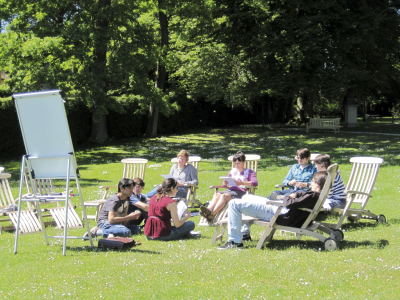 Participants with different scientific backgrounds are working on a common theme, using different approaches and problem solving strategies. We use a wide spectrum of available methods. These include extra cellular recordings from individual neurons, optical recordings to establish maps in central nervous structures, as well as eye movement recordings and psychophysics.
Participants with different scientific backgrounds are working on a common theme, using different approaches and problem solving strategies. We use a wide spectrum of available methods. These include extra cellular recordings from individual neurons, optical recordings to establish maps in central nervous structures, as well as eye movement recordings and psychophysics.
The common scientific theme combined with different researcher backgrounds and a wide range of methods used gives graduate students a unique opportunity to apply interdisciplinary approaches and broaden their scientific view. A major goal of the training group is to look beyond the narrow scope an individual project, one of the best preconditions for better problem solving strategies and new approaches. Last but not least, students can choose from a range of specially organized soft skill courses, lectures and workshops organized by the program.
